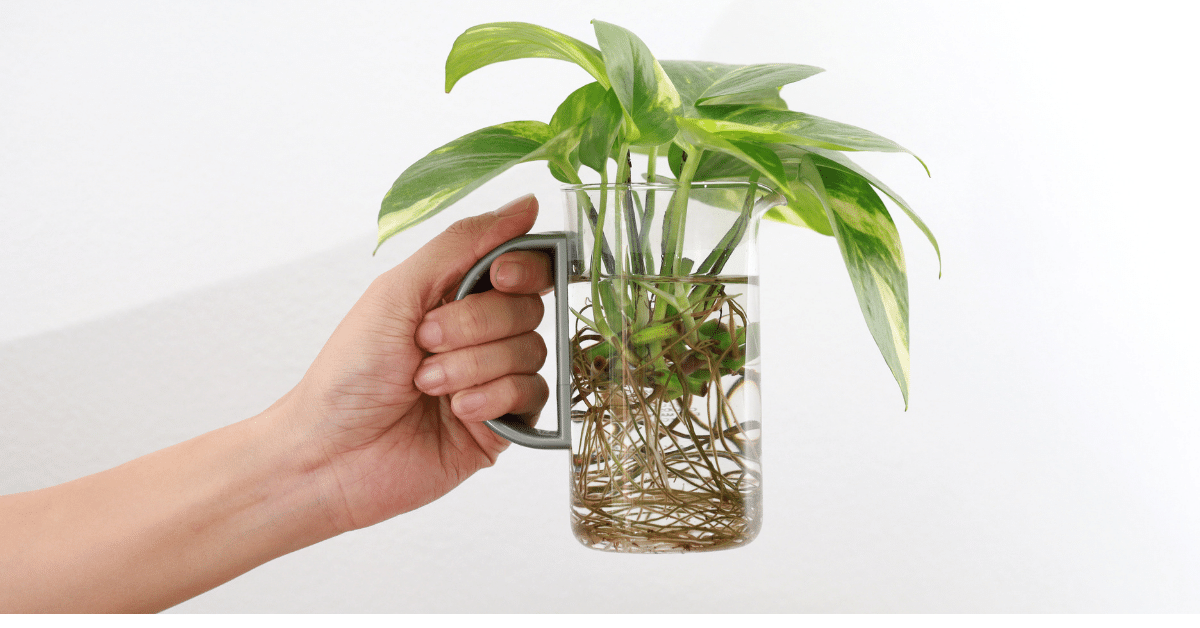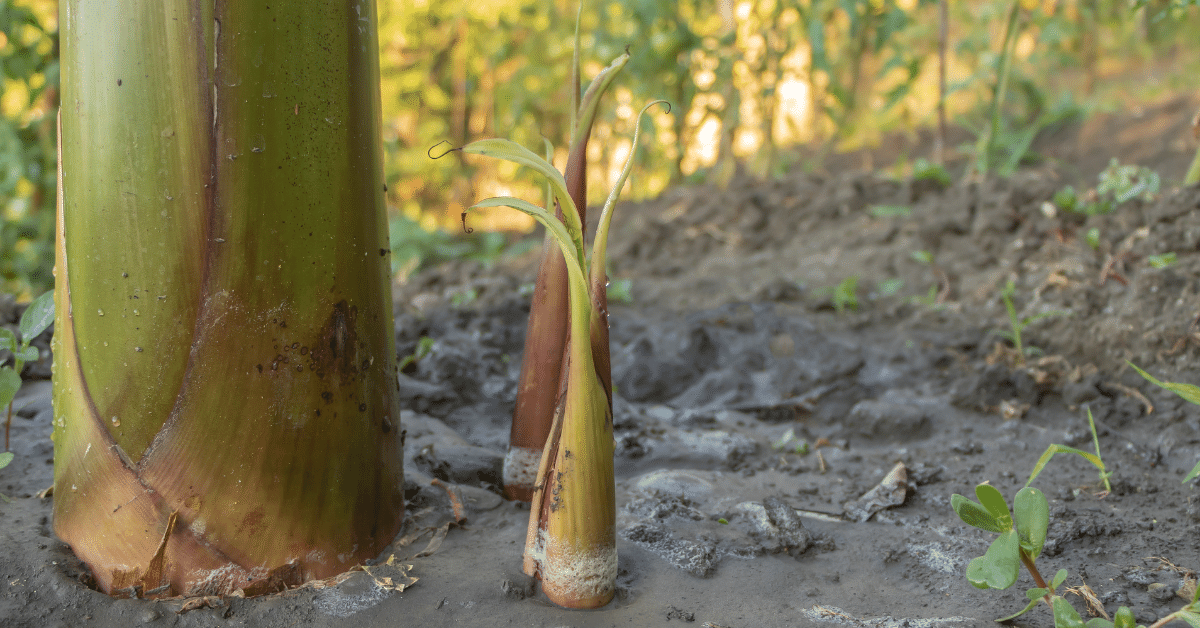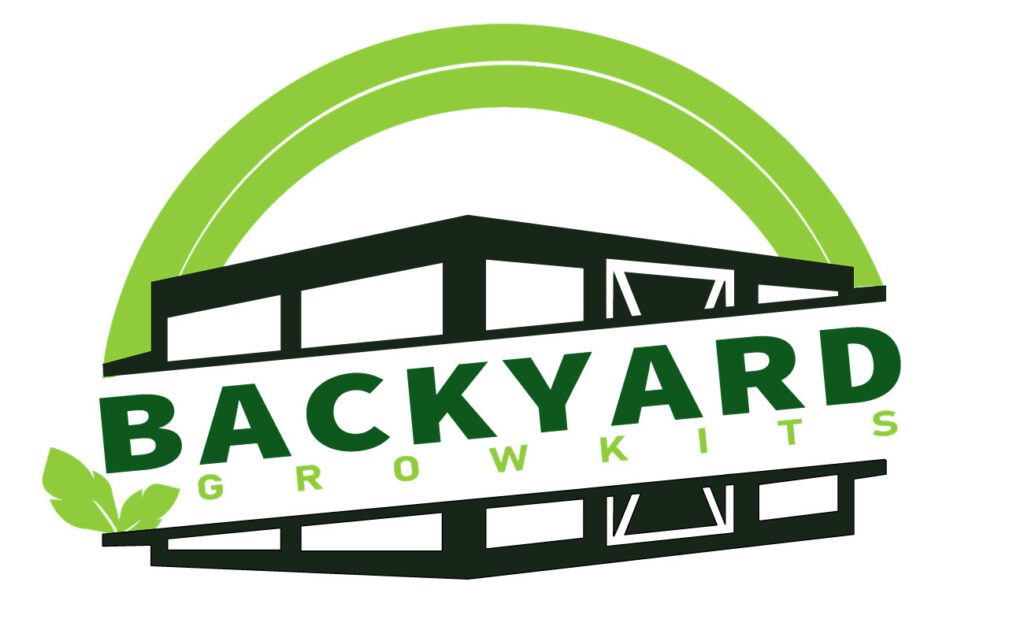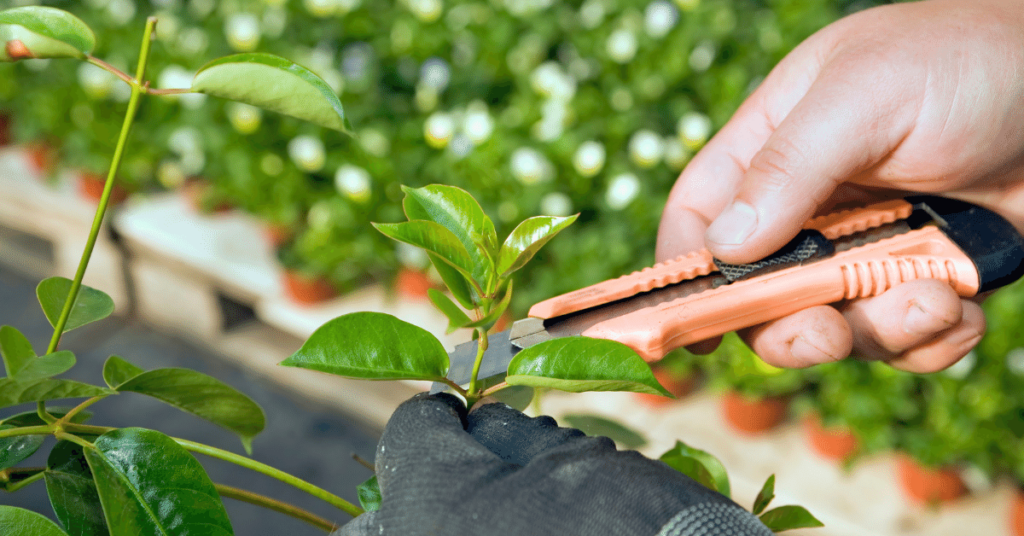A mother plant is a plant that stands out with unique characteristics and qualities in a bunch that is worth keeping; thus, the name ‘mother plant’ because growers specifically care for it to obtain cuttings or clones.
Cuttings are essential in preserving the traits of the mother plant in the next generation of plants since they contain the same genes as mother plants.
How long can you use a mother plant to produce new plants?
Depending on its quality, you can use a mother from 6 months to 3 years, but it starts weakening and loses its strength, smell, and other traits beyond three years.
We restrain a mother plant from transiting to the flowering stage of growth by purposely keeping it under prolonged lighting periods, which forces the plant to stay at a vegetative stage for a lifetime.
The plant keeps growing, and we get clowns from these plants regularly while preserving the genetics.
Mother plants are a great way of harvesting new clowns for future flowering purposes.
Why is a mother plant important?

One of the essential facts about cultivating a mother plant is that clones obtained from mother plants have more positive results than plants obtained from seeds.
Clones produce the same crop type as the mother plant and give a 100% success rate in propagating new plants.
Growing a new crop using a mother plant is cheap; all you have to do is obtain it as a cutting carefully and keep hydrating it until it sprouts new plant features.
Mother plants are extraordinary plants with distinguished traits that gardeners can reproduce over a specific period
A mother plant provides healthy branches in the form of cuttings that undergo a short cycle and produce plant features first.
A well-kept mother plant can live for many years and keeps yielding new branches that we cut and use to develop new plants.
What are the traits of a good mother plant?

To benefit efficiently from mother plants, mind more about their quality as they are the same qualities that new plants display.
A mother plant should not suffer from stress or disease; therefore, cleanse the leaf litter, use clean material, or sterilize the tools with pure alcohol to reduce the chance of transmitting diseases during the cutting process.
A mother plant can repeatedly inherit similar plant characteristics like growth patterns and nutritional purposes of the same crop.
It should be able to adapt to the environmental conditions and grow at a high-speed rate such that we can always get cuttings at our convenience.
A mother plant must have high yields, and a mother plant should be able to mature in its early stages to obtain cuttings for making new crops.
Is a mother plant and a stock plant the same?
To a small extent, a mother plant and a stock plant are the same, but how best can you describe a stock plant;
A stock plant is a plant that provides cutting in the forms of bulbs, buds, grafts, and stems that help in making propagations, so a mother plant and a stock plant are the same since they do similar purposes.
How to maintain and take care of a mother plant?
Avail enough nutrients for the mother plant since they are in a constant growth phase and need constant supplication of the proper nutrients to help them grow optimally.
To supplement the nutrients, use plant additives like vista start and fish force for rapid growth and better resistant characteristics.
While obtaining cuttings from mother plans, use clean sterilized equipment to prevent the transmission of diseases from other sources to a mother plant.
Keep pruning branches regularly to provide enough room for new branches to grow. The more new branches the mother plant develops, the more clowns for you, the farmer.
Design a pest protection plan to keep away pests like fungus gnats and aphids from a mother plant.
Always dehydrate a mother plant by watering during the dry seasons to prevent them from drying up.
For efficient management of the size of the mother plant, top it during the early stages, roughly two weeks into the vegetation stage.
Create an even canopy as you pull the new plants towards the ground to slow down their response to stimuli.
Mother plants always wear out after one or two weeks of getting cuttings from them, so store the seeds of your favorite plant to invent new plants in case the old wears out.
As a conscientious cultivator, using mother plants to get a new plant is a cost-effective method of practicing gardening, giving your mother plant extra care and attention to harvest better yields.
For better grow tips, and tricks, visit the Backyard Grow Kit website and live to be a happy grower

